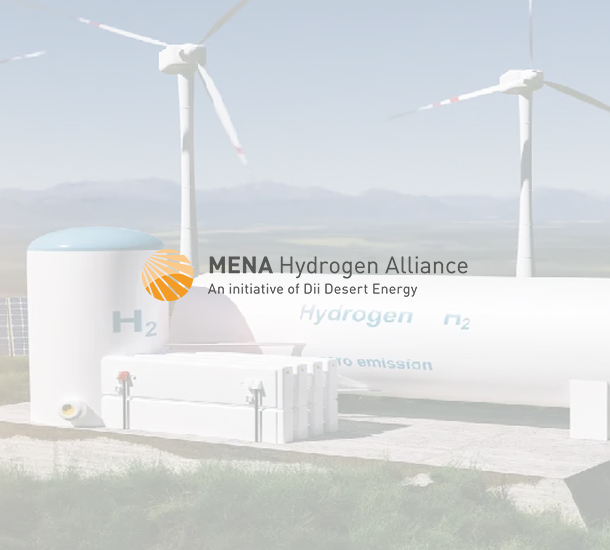Hydrogen is most commonly transported and delivered as a liquid when high-volume transport is needed in the absence of pipelines. Hydrogen can be combined with other elements to make ammonia or methanol, or liquified. Gaseous hydrogen is liquefied by cooling it to below −253°C. Once hydrogen is liquefied to LH2, it can be stored in large, insulated tanks. It takes energy to liquefy hydrogen—using today’s technology, liquefaction consumes more than 30% of the energy content of the hydrogen. In addition, some amount of stored hydrogen will be lost through evaporation, or “boil oM” of liquefied hydrogen, especially when using small tanks with large surface-to-volume ratios. One of the advantages of LH2 is the higher density compared to gaseous H2, which allows for longer range of hydrogen fuel cell vehicles, and reduced space requirement for the fuel system. Liquid hydrogen is also a favored pathway in the distribution of hydrogen fuel to hydrogen refueling stations, for example in California and Japan. Another significant advantage is that liquid hydrogen doesn’t require cracking the carrier in case the end use is pure hydrogen.
According to IRENA, in a 1.5°C future, 25% of hydrogen could be globally traded1. Many studies have compared various transport pathways, but few have concluded that there is a clear winner. According to the Belgian Hydrogen Import Coalition who compared various pathways, there is no silver bullet and multiple carriers and locations remain feasible2. Ammonia is gaining momentum globally in announced projects, as it oMers the lowest costs, existing infrastructure is available, and no carbon is involved. However, there is greater demand for pure hydrogen in most applications and it is possible that the technological solutions will develop along with the demand. The economics of the reconversion of ammonia to hydrogen are also unclear at scale and there are environmental risks associated to the oMshore mass-transportation of ammonia. Ammonia and liquid organic hydrogen carriers can build on existing infrastructure and are also supported by organizations such the Ammonia Energy Association. Liquid hydrogen doesn’t yet have a supporting ecosystem and is lacking a voice. Initiatives are supported by individual companies.
The MENA Hydrogen Alliance proposes to establish a liquid hydrogen task force to define a strategy to advance liquid hydrogen as a purposeful hydrogen carrier. The task force will collect information, build a stakeholder platform, and provide thought leadership towards common stakeholders.
Purpose
The purpose of the Dii Liquid Hydrogen Task Force (DLHTF) will be to create a platform for partners to come together and debate, to collect information on relevant topics and provide thought leadership, and to be the voice of liquid hydrogen in the world to create more awareness among relevant stakeholders.
Activities
The DLHTF will engage in the following activities:
- Collect information on all aspects related to liquid hydrogen
- Organize workshops and other events
- Produce original knowledge on liquid hydrogen, with a white paper as an immediate outcome for 2024
Task Force Members
Task force members will comprise selected Dii Desert Energy partner organizations on a voluntary basis, complemented with selected outside parties on an invitation basis, for example other associations or networks.
Contact Information:
Frank Wouters, Chair, MENA Hydrogen Alliance
frank@frank-wouters.org
Cornelius Matthes, CEO, Dii Desert Energy
cornelius@dii-desertenergy.org
Valeria Aruffo, Director External Relations, Dii Desert Energy
valeria@dii-desertenergy.org
1 https://www.irena.org/publications/2022/Jul/Global-Hydrogen-Trade-Outlook
2 https://www.waterstofnet.eu/_asset/_public/H2Importcoalitie/Waterstofimportcoalitie.pdf

























































































